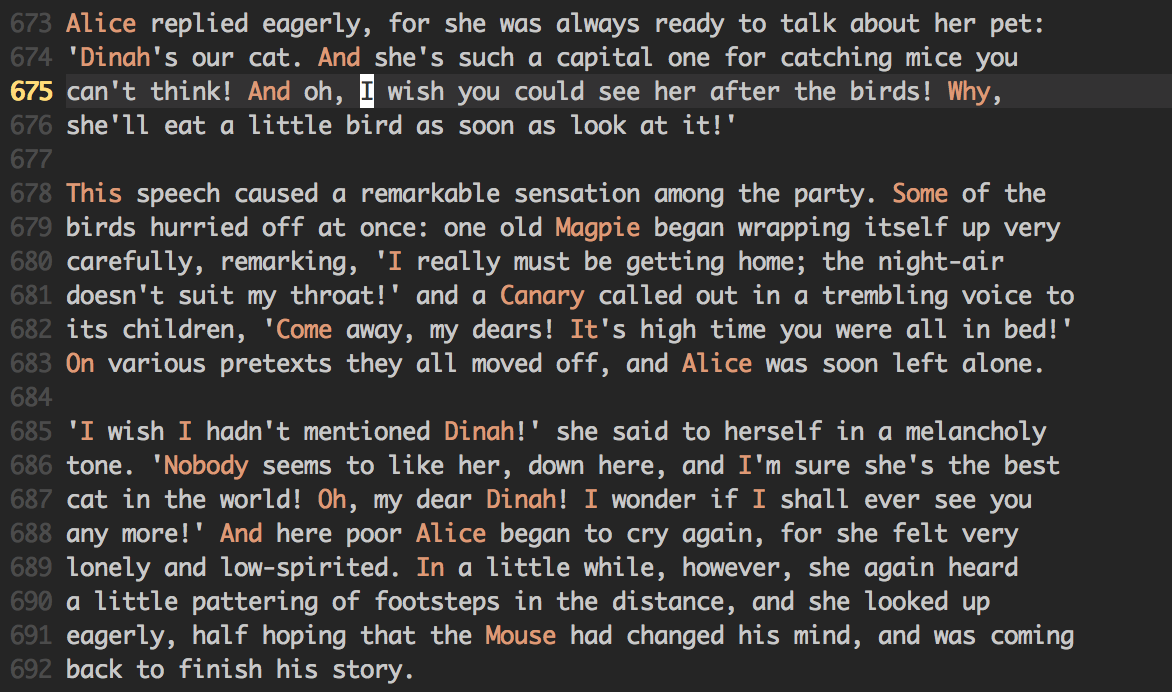Throw this at the bottom of your .profile file (or .bashrc).
Quick and easy reminders for yourself that are displayed every time you fire up a terminal prompt.
# Sticky-notes:
alias note="vim ~/dotfiles/messages"
alias notes="cat ~/dotfiles/messages"
notesI usually use this to remind myself of some new Vim commands I'm trying to integrate into my workflow.
